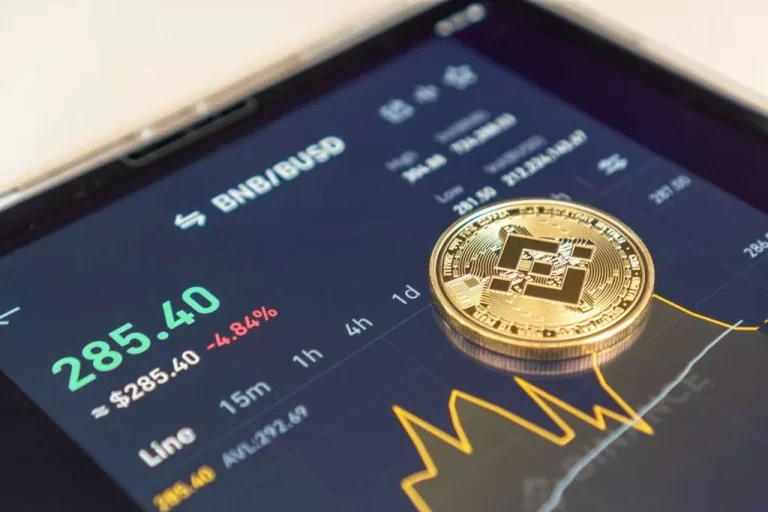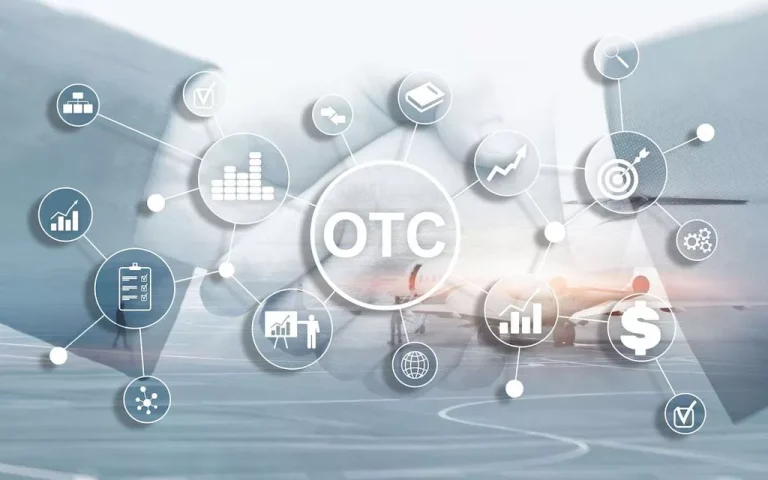Content
Black box algorithms in OTC trading refer to Decentralized autonomous organization proprietary, often undisclosed, trading systems used by institutions to execute complex strategies, offering advantages in speed and efficiency but raising concerns about transparency. Because of the versatility, liquidity, and low trading costs that ETFs offer, they are an increasingly popular investment vehicle. Investors are urged to explore the large, varied offerings of ETFs, and to consider making ETF investments a mainstay of their overall investment portfolio. Jones joined NYSE Liffe from ICAP, where he was CEO of ICAP Electronic Broking (Europe) and, prior to the merger in 2003, CEO and president of BrokerTec Europe, the bank consortium-owned global fixed-income electronic trading platform. Prior to this, Jones worked for almost 20 years in a variety of senior management roles in trading, sales and research for investment banks in the US and Europe. Jones has an MA from Oxford University and an MBA from Stanford Business School.
Shining the light: the merits of on- vs off-exchange trading
Derivative contracts enable investors to easily replicate the payoff of their assets and avoid potential arbitrage due to the balance https://www.xcritical.com/ between the contract and the value of the underlying asset. Derivatives are contracts binding two parties that enter into a commitment to hand over a pre-agreed asset (or a pre-agreed derivative value) at the predetermined time and at the preset price. There are several types of underlying assets; they can be a financial asset, market indexes (a set of assets), a security, or even an interest rate. Derivatives exchanges provide both, but at the loss of some flexibility, as products must be relatively standardized and go through rigorous regulatory scrutiny before being launched on an exchange. Derivatives are securities whose value is dependent on or derived from an underlying asset.

Over-the-Counter (OTC) Derivatives:
- OTC options carry counterparty risk, as they rely on the creditworthiness of the parties involved.
- In the realm of derivatives trading, exchanges such as the Chicago Mercantile Exchange (CME) serve as pivotal platforms for market participants to engage in derivative transactions.
- One way to reduce counterparty risk is by limiting your exposure to any given trading partner broadly in line with their perceived credit quality.
- In the event of bankruptcy, a company’s creditors take precedence over its stockholders.
- As per regulatory directives, Authorized Participants (APs) are designated to create and redeem ETFs.
You can learn more about the background of StoneX Securities Inc. on BrokerCheck. No part of this material may be copied, photocopied or duplicated in any form by any means or redistributed without the prior written consent of StoneX Group Inc. Our market expertise, advanced platforms, global reach, culture of etd derivatives full transparency and commitment to our clients’ success all set us apart in the financial marketplace.
Derivative Instrument and Derivative Market Features

A Future is a contract (binding commitment) to buy a standardised unit of a commodity, or financial instrument (underlying asset), at a specified date in the future. There are thousands of ETFs out there, each generally with a different mandate, a different strategy, or a different approach. There are now ETFs that track virtually every major asset class, commodity, and currency in the world.
Advantages of Derivatives Trading

You can choose from extensive futures data covering global exchanges, as well as exchange-traded options data covering multi-asset-traded products. Indeed, as recently as 2018, a default of one of the members caused substantial losses for the other members of a derivatives exchange. Compared to exchange-traded derivatives, OTC derivatives tend to be less standard, more liquid and long-dated and are traded bilaterally – with each side taking counterparty risk on behalf of the other party.
For instance, commodity futures are traded on a futures exchange, which is a special marketplace created to buy or sell various commodities. The CFTC ensures that the financial capital markets under its management function according to all applicable laws and regulations; it also has to prevent fraud and other abusive trading activities. For instance, futures contract owners maintain their ownership by putting from 2% to 10% of the contract into a respective margin account. However, once the value of the underlying asset takes a beating, investors will have to add the required amount to the margin account to hold down the contracted percentage until the derivative contract expires or is offset. If the value of the asset keeps dropping, investors mitigate the risk of losing considerable amounts of money.
Streamline your trading workflow and execute exchange-traded derivatives across all asset classes using our execution management platforms. The arbitrage-free price for a derivatives contract can be complex, and there are many different variables to consider. For futures/forwards the arbitrage free price is relatively straightforward, involving the price of the underlying together with the cost of carry (income received less interest costs), although there can be complexities. Individuals and institutions may also look for arbitrage opportunities, as when the current buying price of an asset falls below the price specified in a futures contract to sell the asset. To buy and sell stocks at the desired price, an investor has to continuously track the stock’s price movements, which is a huge task.
This means that if a party is owed money and their counterparty defaults then they will incur a loss, whilst in the reverse situation they cannot gain[2] from the default. As shown in Figure 2, carrying out the above steps across many different counterparties and transactions has been a time-consuming process. The Lehman Brothers bankruptcy in 2008 is an excellent example of the difficulties created by OTC derivatives. This company had 200 subsidiaries worldwide and around a million derivatives transactions. The types of derivatives available can be broken down into several main groups according to the way they are transacted and collateralised.
If that trade works in the speculators favor in the short term, she can quickly and easily close her position to realize a profit by selling that option since S&P 500 options are very frequently traded. For example, the emergence of the first futures contracts can be traced back to the second millennium BC in Mesopotamia. The introduction of new valuation techniques sparked the rapid development of the derivatives market. Derivatives are financial contracts whose value is linked to the value of an underlying asset. They are complex financial instruments that are used for various purposes, including speculation, hedging and getting access to additional assets or markets.
Similarly, a company could hedge its currency risk by purchasing currency forward contracts. Derivatives can also help investors leverage their positions, such as by buying equities through stock options rather than shares. The main drawbacks of derivatives include counterparty risk, the inherent risks of leverage, and the fact that complicated webs of derivative contracts can lead to systemic risks. Exchange-traded derivatives (ETD) are financial instruments that derive value from underlying assets such as stocks, commodities, interest rates, currencies, or bonds.
ETDs are subject to the rules and regulations of the exchange on which they are listed. Futures and Options on futures are typical examples of exchange-traded derivatives. Swaps are defined as agreements concluded between two parties when they need to exchange assets for similar ones.
ETDs are traded on regulated (organised) exchanges subject to very rigorous oversight by regulatory bodies. Exchanges are required to enforce strict rules governing fair and transparent trading designed expressly to protect the interests of market participants. Examples of well-known regulated derivatives exchanges include the Chicago Mercantile Exchange (CME) and Eurex. Derivatives were once described as weapons of mass destruction, and there is a good deal of truth in this utterance. A derivative contract can be very beneficial and present your legitimate interest rates if you know how to employ them properly. Risk-averse investors usually consider these financial instruments inherently evil; there are, however, multiple ways you can manage the unique potential of derivatives to enhance the functionality of your investment strategy.
Lastly, ETFs can be a useful tool for investors interested in tax-loss harvesting. Derivatives market can indeed serve as speculation tools; however, due to their unpredictable nature, they can be extremely risky and cause considerable losses. If interest rates fall so that the variable rate on the original loan is now 5%, Company XYZ will have to pay Company QRS the 2-percentage-point difference on the loan.
With access to multiple products and with freedom from the more onerous regulatory requirements imposed on banks, we can help ensure that you can use the capital you commit to your account as efficiently as possible. Derivatives may be traded on exchanges (Exchange Traded or Listed Derivatives) or ‘over the counter’ (OTC Derivatives). Leverage can magnify the impact of adverse issuer, political, regulatory, market, or economic developments on a company. In the event of bankruptcy, a company’s creditors take precedence over its stockholders.
The difference between the spot and the forward price is the forward premium or forward discount, generally considered in the form of a profit, or loss, by the purchasing party. Forwards, like other derivative securities, can be used to hedge risk (typically currency or exchange rate risk), as a means of speculation, or to allow a party to take advantage of a quality of the underlying instrument which is time-sensitive. Option products have immediate value at the outset because they provide specified protection (intrinsic value) over a given time period (time value). One common form of option product familiar to many consumers is insurance for homes and automobiles. The insured would pay more for a policy with greater liability protections (intrinsic value) and one that extends for a year rather than six months (time value). Because of the immediate option value, the option purchaser typically pays an up front premium.